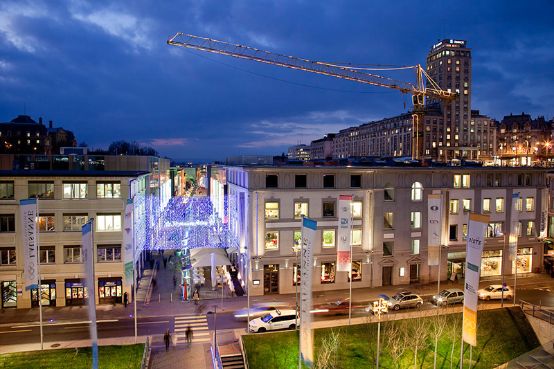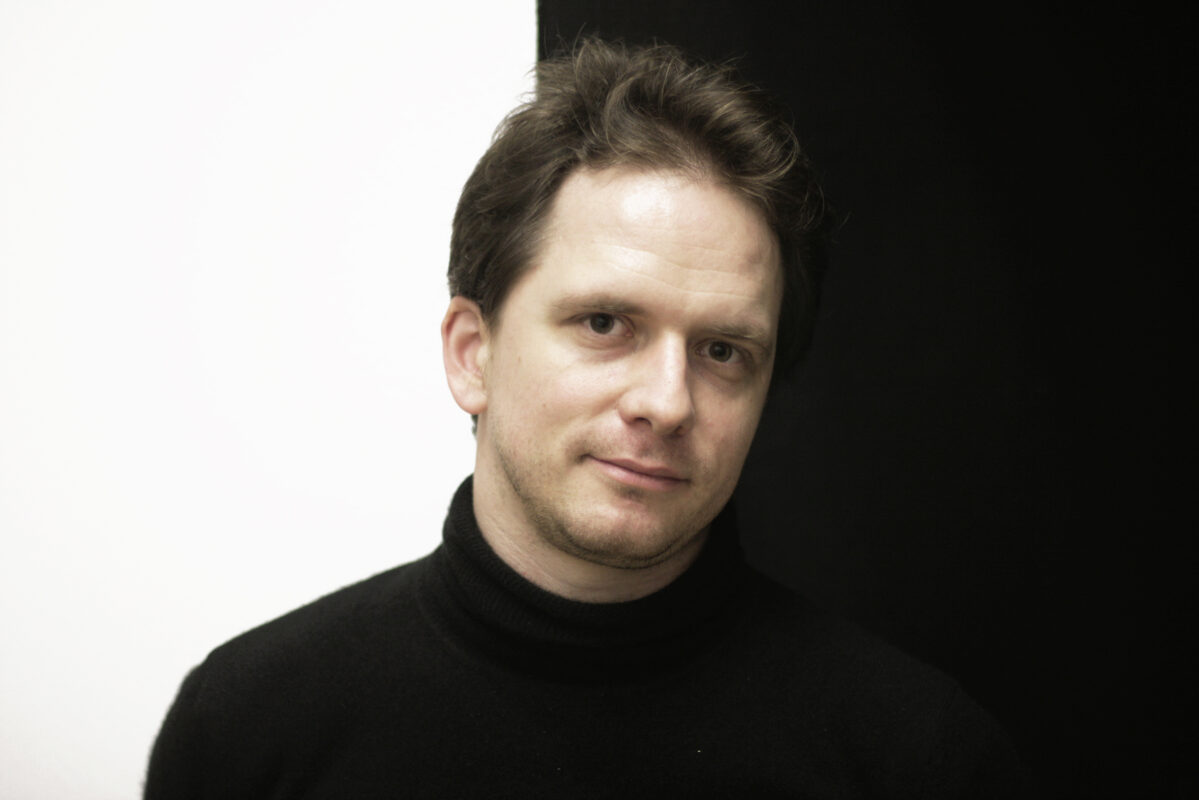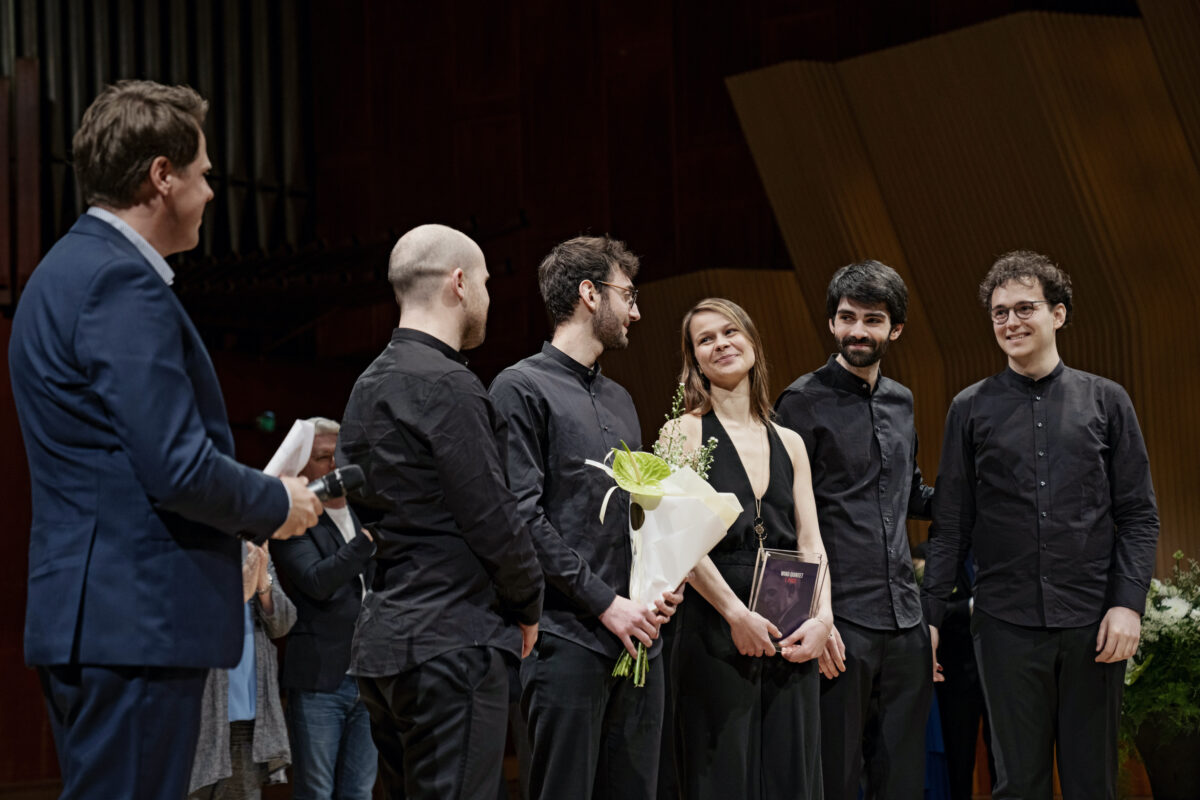Inspired by nature
Record review: Adalberto Maria Riva at the Braschoss-Liszt piano in the Château de Gruyères.

In its rich museum collection, the Château de Gruyères houses a piano dating from 1835, decorated with beautiful marquetry. Its maker, Braschoss, a German living in Geneva, chose to build it with a French action, no doubt under the influence of Liszt, who lived in the town of Calvin between 1835 and 1839. To showcase this instrument with its magnificent sound, both gentle and powerful, the museum's curator, Raoul Blanchard, called on the excellent Italian-born pianist Adalberto Maria Riva. He chose works inspired by nature, as well as two sets of variations, from the still largely unknown corpus of 19th-century Swiss piano pieces. These genre pieces are typical of salon music as it might have been played by the Bovy family from Geneva, who acquired the Château de Gruyères in 1849, and one of whose members is present on the disc: Chopin pupil Charles Bovy-Lysberg, whose work is mainly made up of some 150 delightful salon pieces for piano.
At the time, Swiss musical life rarely went beyond a small circle of amateurs, and many of the composers established in Switzerland were of foreign origin, as witness the Hungarian Vincent Adler and the Germans Adolf Ruthardt and Paul Hahnemann, the first two established in Geneva and the latter in Yverdon and Lausanne. By contrast, Schwyz-born Joseph Joachim Raff spent his entire career in Germany. Among the most interesting works presented on this CD - in addition to Melodic flowers of the Alpsfrom theAlbum d'un voyageur that Liszt composed in Switzerland - are four pieces from an early collection by Hans Huber, Nachtgesängeinspired by excerpts from Tennyson's poems, and variations written by two female composers with similar destinies: Caroline Boissier-Butini from Geneva and Fanny Hünerwadel from Aargau, both from wealthy families whose musical activity was not hindered by their families - a rare occurrence in the bourgeois society of the time.
All these works are served up by colorful interpretations by a pianist passionate about rediscovering forgotten composers. Enhanced by superb illustrations (including interior decorations of the château), the booklet contains, in addition to an introduction by the pianist himself, interesting contributions by musicologists Jacques Tchamkerten and, on the subject of the two composers on the disc, Irène Minder-Jeanneret, all translated into German and English. With its visual as well as musical beauty, this CD makes an ideal gift for the festive season, but also, at any time, a musical present that highlights a neglected and enjoyable part of Swiss music.
-

00:00
- Hans Huber
- Nachtgesänge 1
-

00:00
- Hans Huber
- Nachtgesänge 3
-

00:00










